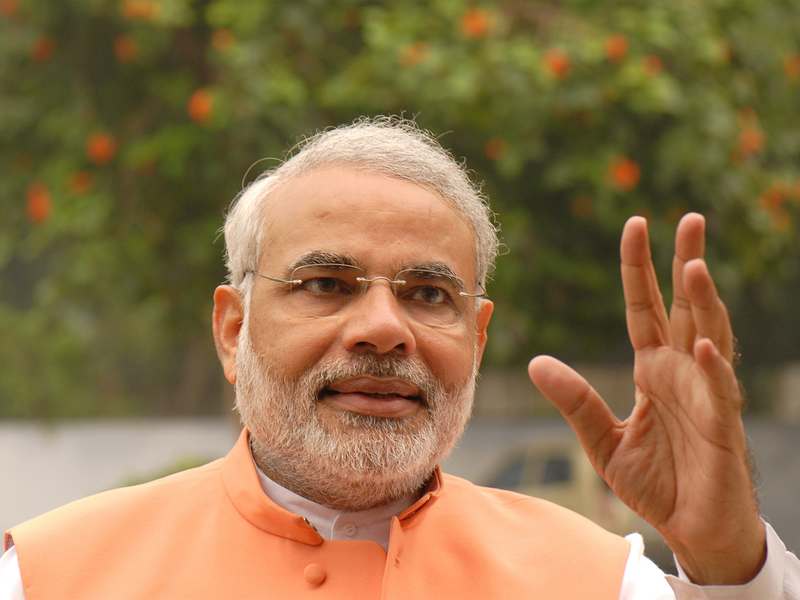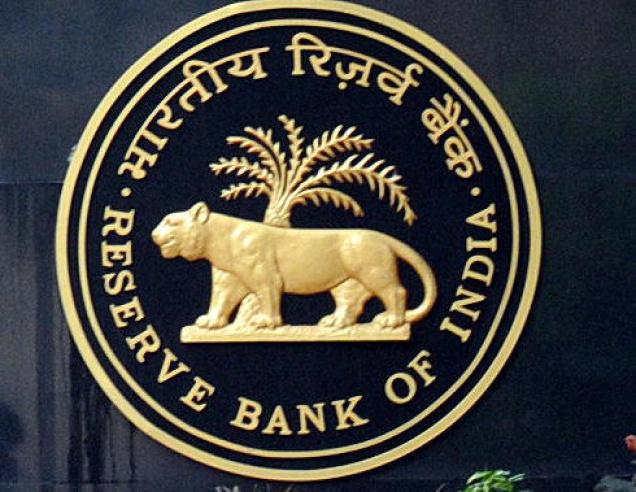
Later this week, the prime minister Narendra Modi will complete three years in office. In the recent past, there have been a spate of articles analysing the performance of the Modi government.
The general conclusion seems to be that the prime minister continues to remain politically popular. The recent wins of the Bhartiya Janata Party in the Uttar Pradesh state assembly elections and the Delhi municipal elections, is evidence of the same.
Over and above this, there has been a lot of analysis around the impact of demonetisation, as more data becomes available. Most data show that the economic impact of demonetisation has been negative. For all the trouble that people were put through, the income tax department hasn’t been able to identify much of black money.
Further, barely any fake currency was identified during the process of demonetisation. Digital transactions peaked in December 2016 and have fallen since then. Hordes of informal businesses were shut down and many people lost their jobs, in the process. And if all this wasn’t enough, on some days ATMs still run out of cash.
Nevertheless, despite all this Modi continues to be a popular prime minister. What is happening here? The negative economic environment created in the aftermath of demonetisation hasn’t impacted the prime minister.
Narendra Modi is what political scientists call a populist leader. What is the definition of a populist leader? Jan-Werner Müller, a professor of politics at Princeton University, defines this in his book What is Populism?
First and foremost “it is a necessary but not sufficient condition to be critical of elites in order to count as a populist”. Over and above this, there are other factors that go into the making of a populist leader like Modi is.
As Müller writes: “Populists claim that they, and they alone, represent people… The claim of exclusive representation is not an empirical one; it is always distinctly moral. When running for office, populists portray their political competitors as part of the immoral, corrupt elite; when ruling, they refuse to recognise any opposition as legitimate. The populist logic also implies that whoever does not support populist parties might not be a proper part of the people—always defined as righteous and morally pure.”
A populist leader also likes cutting out the middleman. This means relying as little as possible on party organisations and the media, which acts as intermediaries between party organisations and the people.
This explains why Modi chose to directly address the nation on Doordarshan while announcing demonetisation on November 8, 2016. He spoke to the nation through the mann ki baat programme on radio on November 27, 2016. He addressed the nation again on December 31, 2016.
The focus of the message delivered was on how black money of the morally corrupt elite was hurting India big time and how important it was to tackle this problem on a war footing on an immediate basis. By doing this a situation of a crisis was created.
As Müller writes: “A “crisis” is not an objective state of affairs but a matter of interpretation. Populist will often eagerly frame a situation as a crisis, calling it an existential threat, because such a crisis then serves to legitimate populist governance. Put differently, a “crisis” can be a performance, and politics can be served as a continuous stage of siege.”
And this direct talking by populists attacking the so called morally corrupt elite goes down well with the true people, something which all the data and the numbers offered against decisions made by them can’t do anything about.
As Müller writes: “Populists ultimately appeal to a certain symbolic rendering of the “true people,” the appeal of that image will not vanish automatically when voters are presented with a some set of correct statistics about a particular policy area”.
And that best explains why demonetisation was a politically popular decision though numbers clearly show that it hurt the Indian economy.
The column originally appeared in the Bangalore Mirror on May 24, 2017



